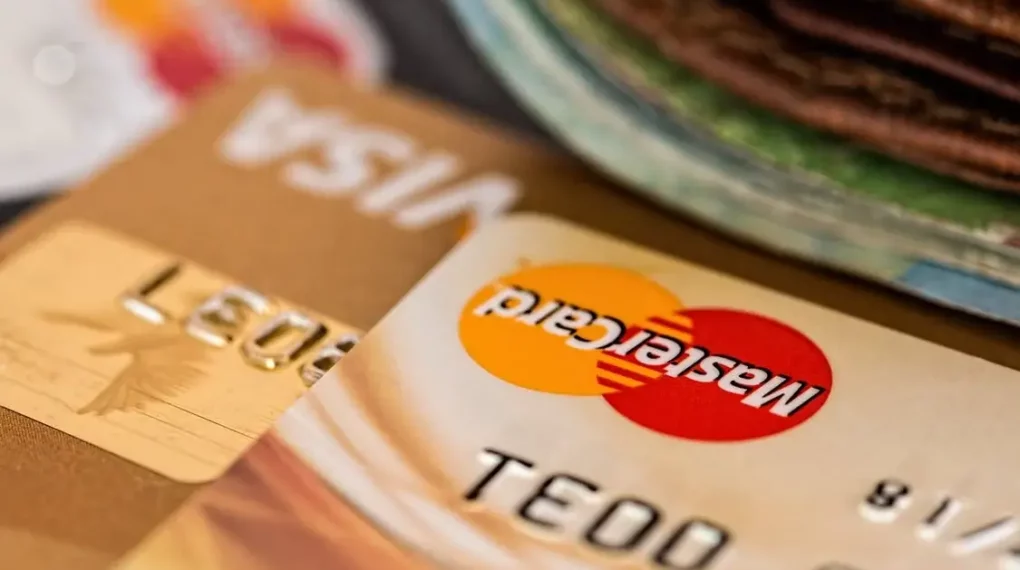The business of retail banking is all about bringing the authority of traditional banks closer to consumers. Its core ethos is to break down institutional barriers while allowing consumers to have a safer and more convenient way to manage their money.
With the rise of digital payment channels and mobile transactions, traditional banks are now looking into disrupting the landscape of consumer-focused banking. Indeed, more financial institutions are investing in efforts to develop a banking platform that will serve as a one-stop shop for their consumers. With these platforms, consumers can easily access their savings and checking accounts, credit options, and personal loans.
There’s a broad range of digital capabilities that have the potential to innovate the retail banking industry, but there are certain elements that the most popular platforms have in common. To give you a quick overview, here are some of the quintessential capabilities that every quality retail banking platform must possess:
Contents
Online Banking Features
Today’s retail banking consumers are attracted to the premise of banking anytime, anywhere, and from any device. As such, being able to check your finances and do transactions in the comfort of your home are must-have features for any modern customer.
Given these expectations, banks must be able to offer 24/7 services for emergency and non-emergency activities such as money transfers, bills payment, and loan applications. Some banking platforms also allow in-demand generation of bank statements, helping consumers easily get their documentary requirements in order.
A Centralized Payment System
In the days of traditional banking, account holders had to go to a brick-and-mortar office to fill out deposit forms and wait for the teller to complete the transfer process. Through a Unified Payment System (UPI), consumers can instantly send money to and from anywhere in the world. UPIs also allow users to have multiple methods for sending and receiving payments, from digital wallets or e-wallets to QR codes.
Additionally, APIs shared between banking platforms and payment channels allow users to conveniently link their bank accounts for mobile transactions. A reliable retail banking tool must be able to support point of sale (POS) transactions while offering enough security to assure users that their hard-earned money is in good hands.
A Well-Designed Interface
It’s common for most apps to incorporate a minimalistic user interface (UI), but banking platforms need to go beyond merely looking sleek and stylish.
For one, a modern platform must be well-stocked with the essential features that consumers expect access to. It must also allow for smooth navigation so that users can quickly find their bank account details, transaction history, and running balance, among other pertinent details.
Additionally, users must have the ability to check their running balances in real-time. This provides transparency between a consumer and their bank, which can give the former some peace of mind.
Responsive Customer Support
While apolished and easy-to-use UI goes a long way in keeping consumers happy, there’s more that goes into providing excellentcustomer experiences. To retain users, it’s crucial for banking platforms to have responsive, 24/7 customer support. Handling people’s hard-earned money is no joke, and financial institutions must be on-call in case customers need immediate assistance regarding their accounts.
Instant Mobile Alerts
Account holders must not be left in the dark when it comes to completed transactions, deductions, or PIN changes. Thus, a retail banking platform should be able to keep consumers in the loop regarding everything to do with their account activity. It’s in a bank’s best interest, then, to consider any given platform’s capability to provide instant mobile alerts or push notifications.
Robust Security Features
Emerging technologies, such as artificial intelligence (AI) and machine learning, have done wonders for the financial sector. Most banking platforms require setting up PINs, passwords, and sometimes even multi-factor authentication.
However, with the increasing sophistication of cyber scams, these methods are becoming insufficient for preventing malicious activities. Fortunately, biometric security features, such as fingerprint scanning and facial recognition, provide an added layer of security. It’s also ideal if a banking platform features additional security measures such as single sign-on (SSO) and Touch ID.
Aside from the latest protective technologies, banking platforms must incorporate activity tracking capabilities to monitor unauthorized transactions. In the event of any account breaches, users should be able to immediately block their cards or change their PINs using the bank’s provided app.
Financial Planning Support
Financial management is a skill people don’t typically learn in school. Given this lack of mandatory financial education, however, banks and fintech companies have an opportunity to attract and retain customers looking to improve their financial situations.
To be specific, retail banks can offer professional guidance and helpful tools to teach good financial planning to their consumers. Incorporating features such as loan calculators, tax preparation guides, and analytics-based budgeting tools can help users stay financially literate enough to maximize their use of their chosen banking platforms.
Amid the plethora of retail banks available to consumers, choosing the right platform can make yours stand out from the crowd. But it’s one thing to encourage people to open an account with your financial institution; it’s another to have them stay for the long run. That said, customers are more likely to stay loyal to a bank that checks off all their non-negotiables. By building on the fundamentals, your financial institution can mitigate the headaches that come with less intuitive and accessible platforms.

I am Arjun Kumar. I am the owner and administrator of Finance Gradeup. I have completed my education in Arts & Technology. Arjun Kumar usually has interests in playing games, reading and writing. He was a brilliant student during his college days. He also works for many private companies, but the main interest of Arjun Kumar is digital marketing. He thinks that reading is a must before providing any quality information to his readers. You can find Arjun Kumar on much social media handles online, or you can learn more about him in about us page.




